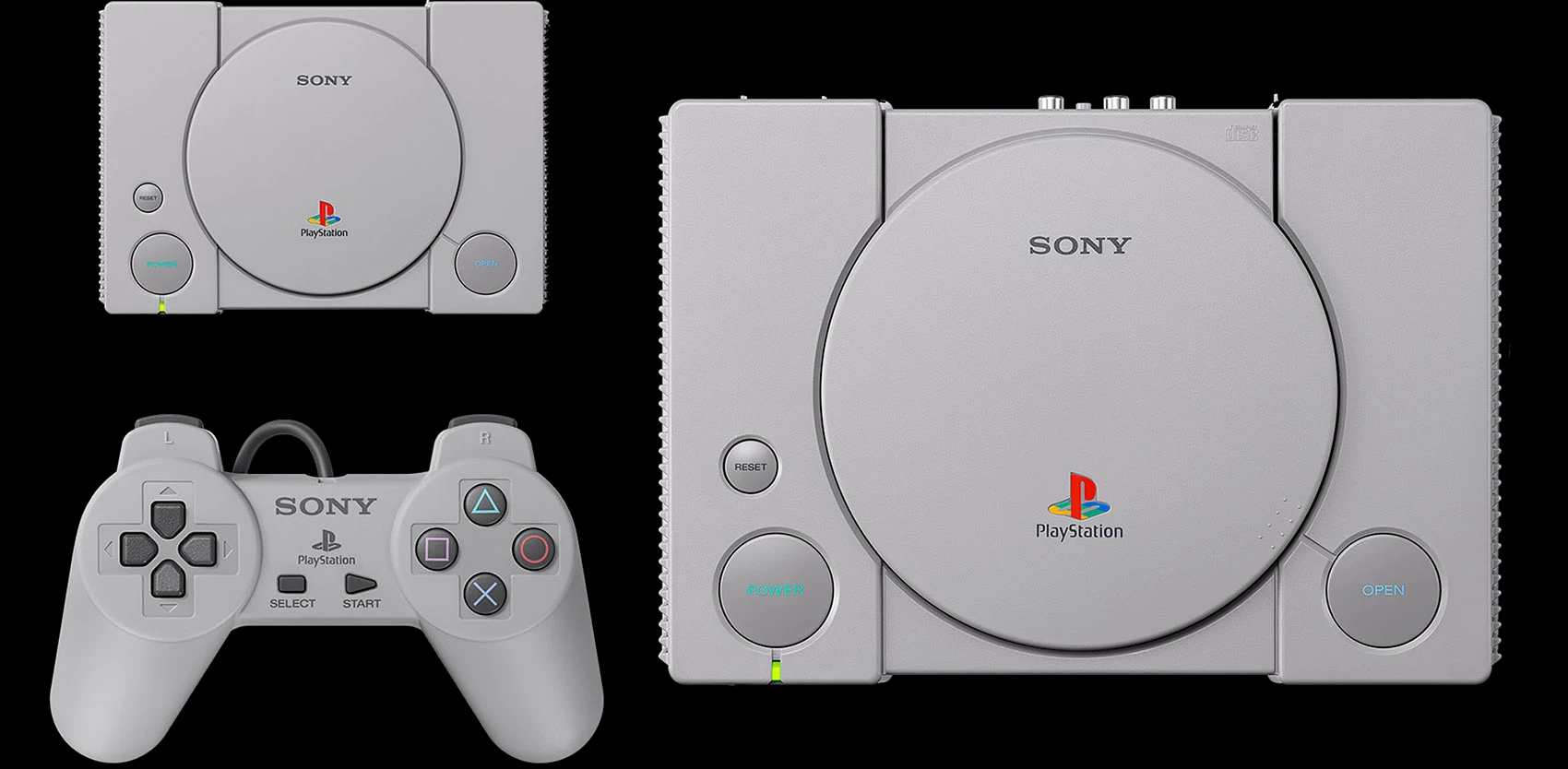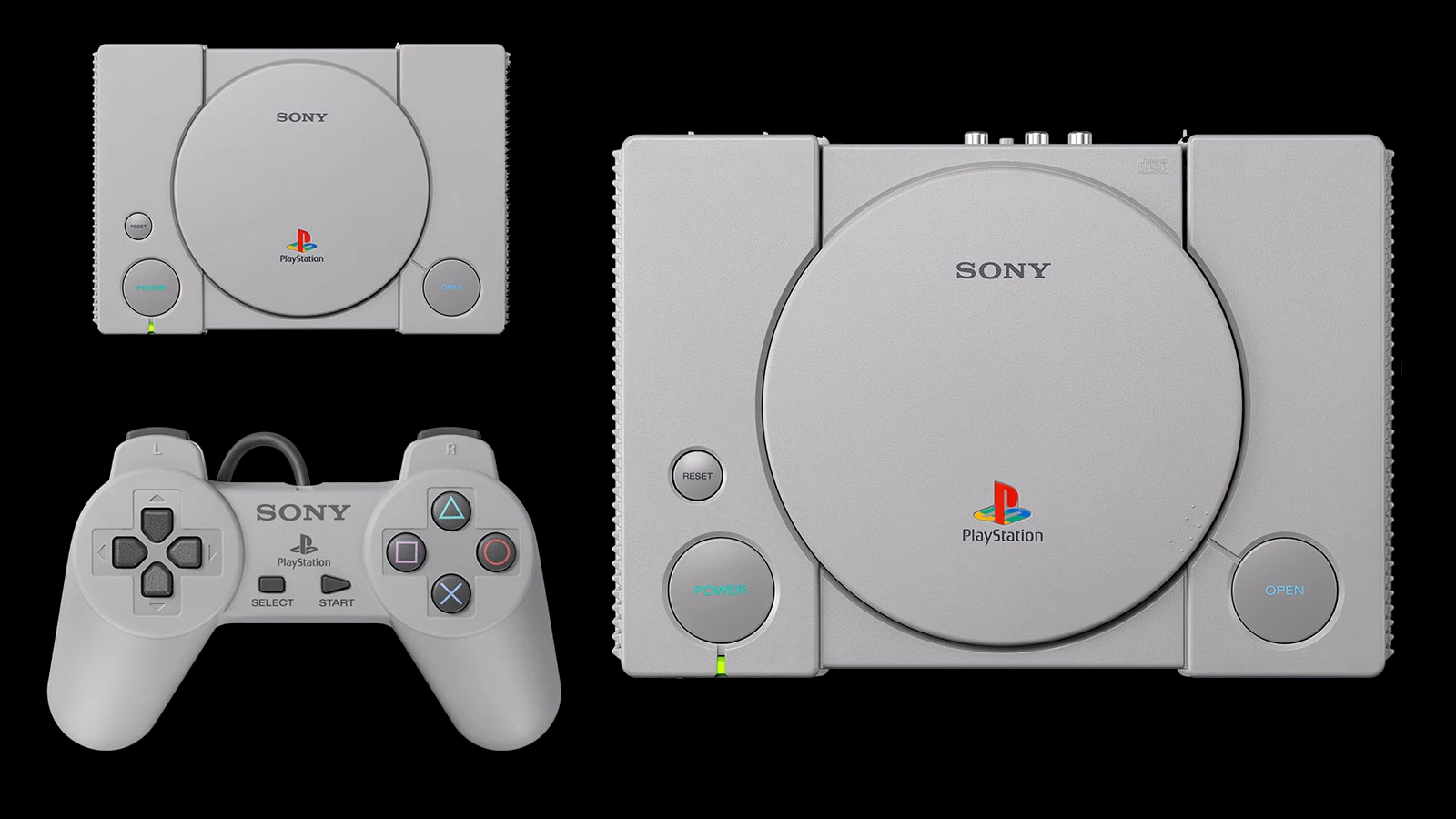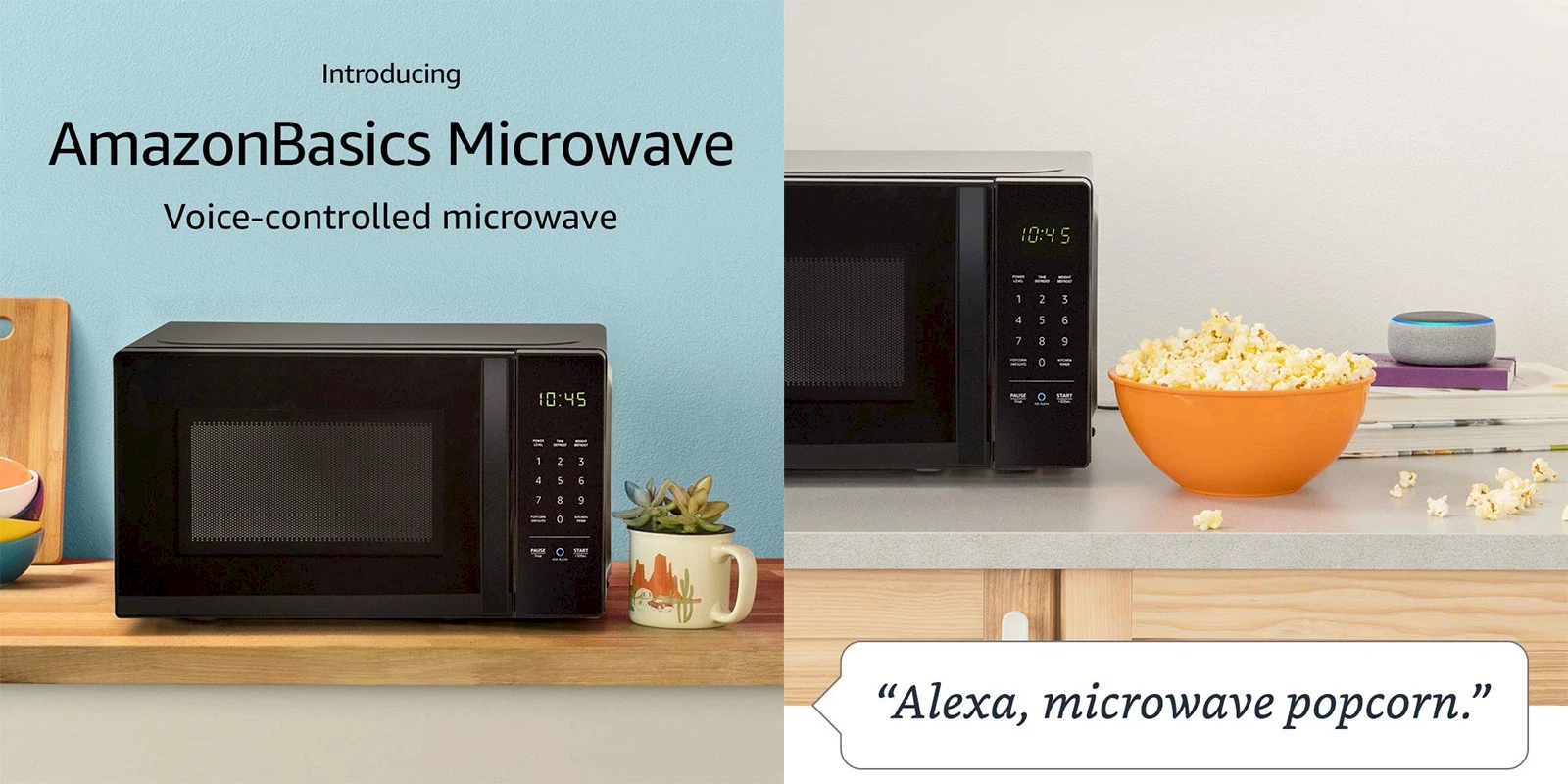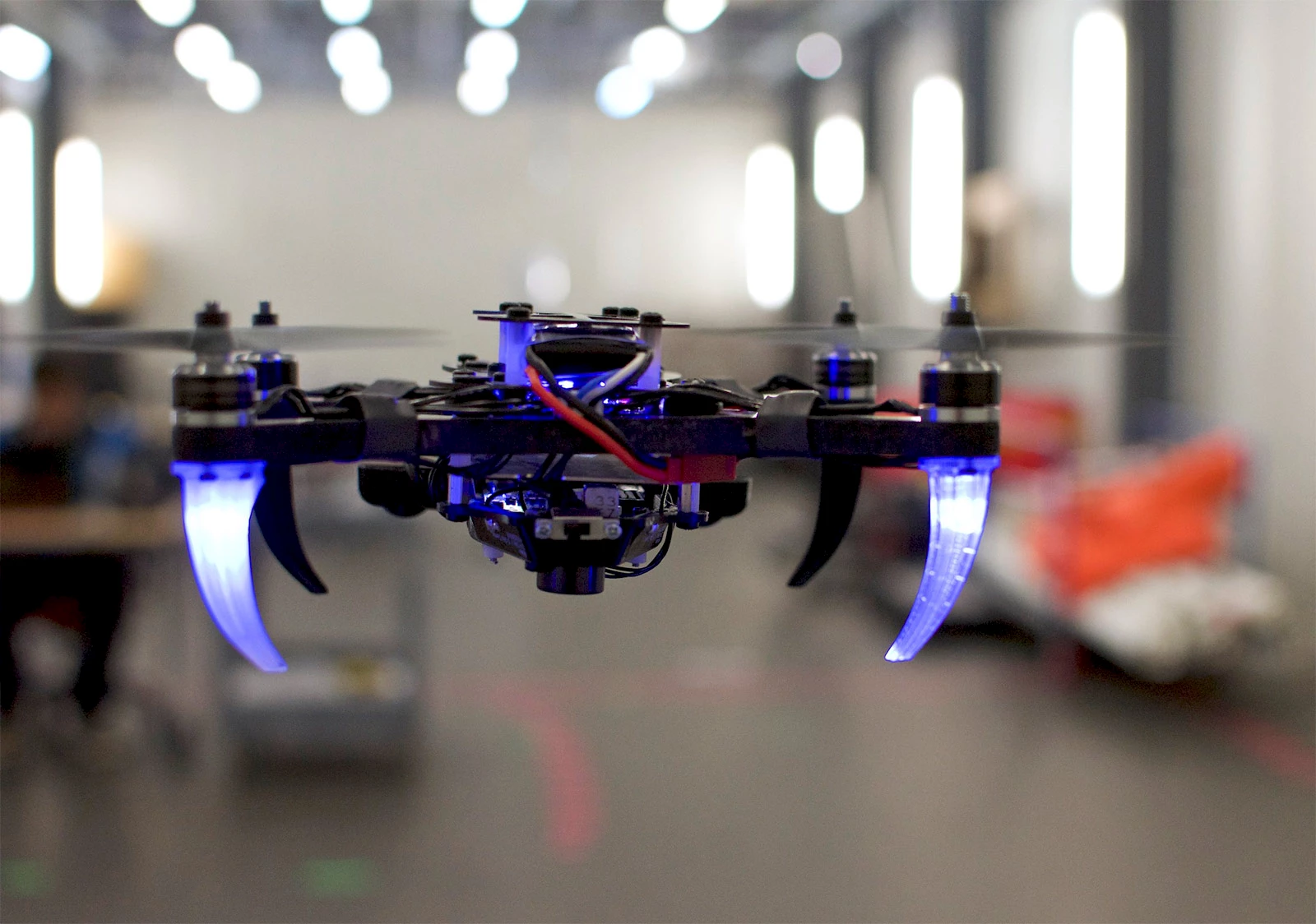Weekly Tech Recap - № 185 - PlayStation Classic, Amazon’s microwave, Alter Ego cases, Ubuntu VM on Windows 10, etc.

PlayStation Classic and Mega Drive Mini

PlayStation Classic. © Sony.
Following in the footsteps of the successful NES Classic Edition and Super NES Classic, Sony is emulating the Nintendo strategy to bring back an older console as a miniature gaming device and calling it “Classic”: nearly 25 years after its initial appearance, Sony announced the upcoming release of the PlayStation Classic. The new console comes with two PS1 controllers and 20 games including: Jumping Flash, Wild Arms, Final Fantasy VII, Tekken 3, and Ridge Racer Type 4. BestBuy is taking early orders going for CA$130, for delivery on December 3.
On the same day as Sony’s press release, Sega announced that its Mega Drive Mini (Genesis Mini in North America) would be delayed until sometime in 2019.
⇨ The Verge, “Sony is launching a PlayStation Classic console this December loaded with 20 games.”
⇨ Circuit Breaker, “Sega pushes Mega Drive Mini global release to 2019.”
Amazon’s microwave

AmazonBasics Microwave. © Amazon.
Amazon announced the impending release of its first kitchen appliance: a microwave oven that is compatible with the Alexa system. Moreover, it will include Dash Replenishment Services, which means it can automatically order popcorn from Amazon. With its compact size (44cm wide, 36cm tall and 25.5cm deep) and a rated power of 700W, AmazonBasics Microwave is available for preorder with a price tag of US$60, but currently only in the US with a mid-November delivery. You’ll need an Alexa-powered speaker near the microwave so you can give commands like, “Alexa, reheat some rice” or “Alexa, defrost the peas”. The appliance still features a traditional control panel for the days when you’ve lost your voice.
⇨ CNET, “Amazon’s microwave works with Alexa, automatically reorders popcorn.”
⇨ Amazon.com, “AmazonBasics Microwave, 0.7 Cu. Ft, 700W, Works with Alexa.”
Alter Ego cases for the iPhone Xs/Xs Max

Alter Ego Titanium. © Gray Tech International.
Do you still have money to burn after you’ve purchased the new iPhone X? You now need a case worthy of your new device and we have it all dialed in for you: the Gray brand out of Singapore offers titanium cases with a starting price of CA$1,130 for the grey model, topping out at CA$3,900 for the iridescent version (note that the top-of-the-line iPhone Xs Max 512GB costs “just” CA$2,000). You can also have your name engraved on the case for a piffling CA$47. The cases are made of “aerospace-grade” titanium and offer a minimal X-shaped design that covers the back of the iPhone. Tempted? Don’t delay, this edition is limited to just 100. Pull out your Visa card and order here.
⇨ MacRumors, “The most expensive iPhone XS cases you can get.”
Ubuntu VM on Windows 10

Hyper-V Quick Create, Windows 10 Redstone 5. © Microsoft.
Using Linux on Windows 10 has never been easier. With the Fall Creators update, the Hyper-V Quick Create function, which offers three-click creation of Virtual Machines, now offers a Ubuntu 18.04.1 LTS system image specifically configured for this operating mode and ready to install. (If you have not yet used Hyper-V, you will need to activate it beforehand.) This VM builds on the Enhanced Session mode. You can resize the client window and the VM is notified of the change of resolution; you can copy and paste between the virtual machine and the host and the mouse cursor doesn't get trapped in the client window. This Enhanced Session mode uses RDP (Remote Desktop Protocol), a protocol previously unavailable on Linux. To bring this virtual machine to life, Microsoft worked with the XRDP open source project to bring RDP support to Linux. It’s definitely a love affair between Microsoft and Linux!
⇨ Ars Technica, “Running Ubuntu VMs on Windows just got a whole lot more streamlined.”
Gaze-piloted drones

Gaze-controlled drone. © New York University.
The system uses the Tobii Pro Glasses 2, a lightweight, portable gaze-tracking tool posing as regular eyeglasses. The glasses include an inertial measurement unit (IMU) and an HD camera. The processing power is in an external unit that houses a NVIDIA Jetson TX2 CPU/GPU. With the glasses on, the user just has to look at the drone, and the camera on the glasses will detect it using a deep neural network and then calculate how far away it is based on its apparent size on the camera and the IMU data. The eye tracking system allows to know in which direction the operator is looking. The researchers are hoping that eventually, their system will enable people with very little drone experience to safely and effectively fly drones. The system is a joint research project between the University of Pennsylvania, the U.S. Army Research Laboratory, and New York University. Given the armed forces’ predilection for drones, the US military’s interest comes as no surprise.
⇨ IEEE Spectrum, “Eye-tracking glasses are all you need to control this drone.”
